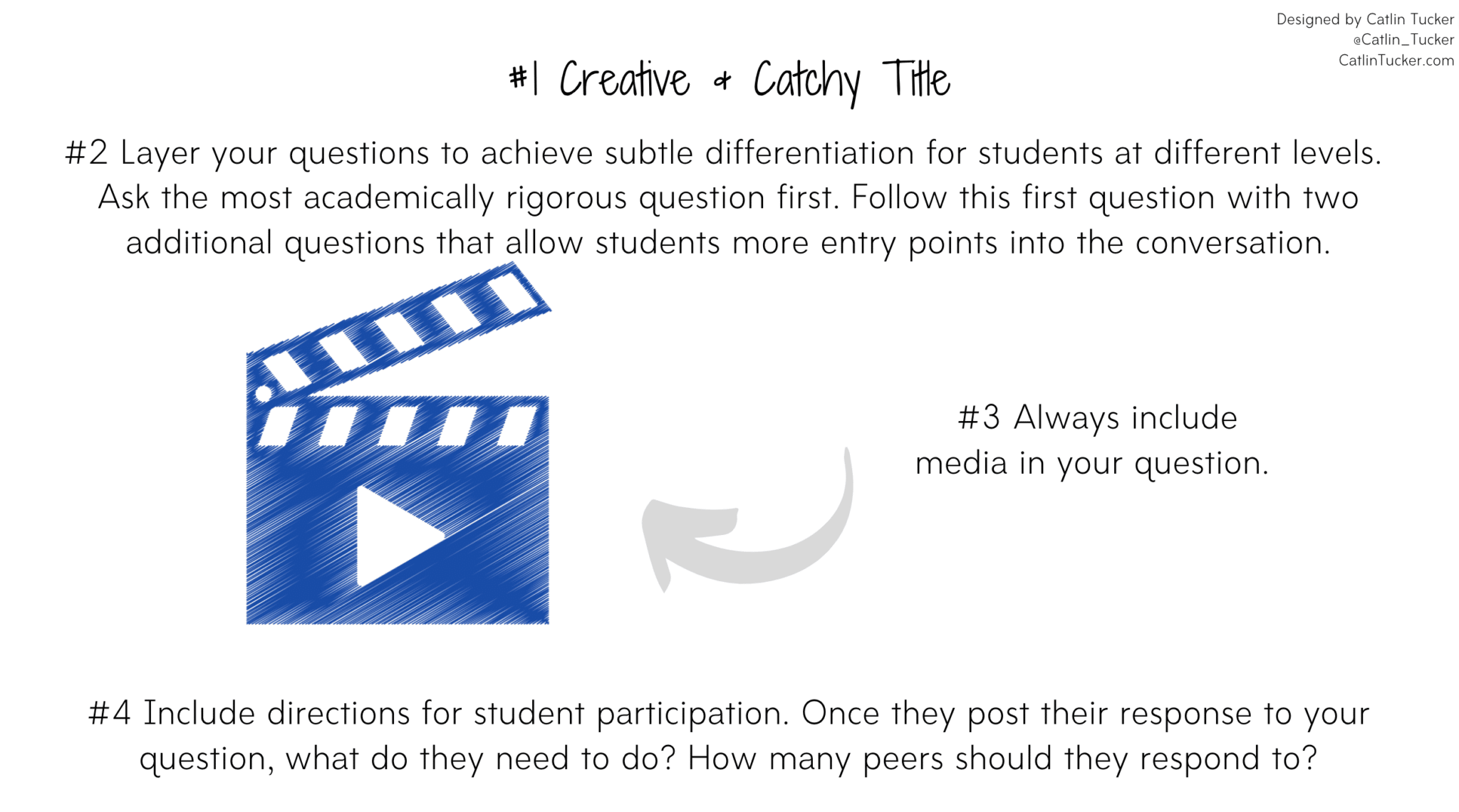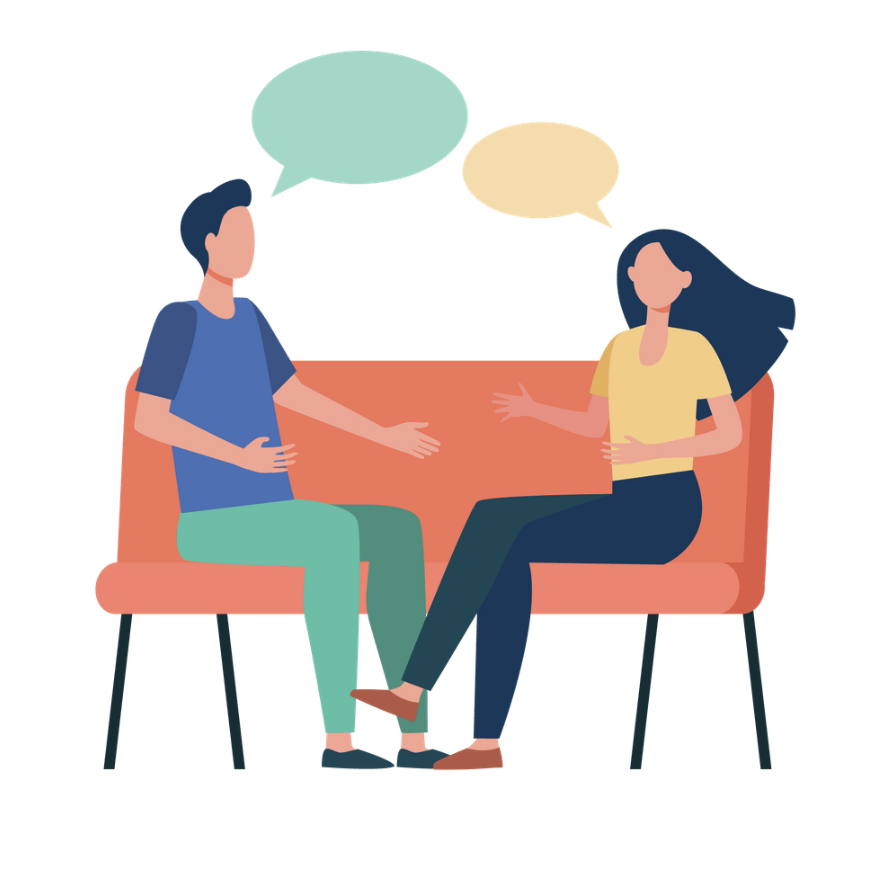Social-Emotional Learning Part IV: Relationship Skills
The previous posts in this social-emotional learning series focused on self-awareness, self-management, and responsible decision-making. These skills fall under the umbrella of intrapersonal skills. Intrapersonal skills are cultivated inside a person. We’ve explored strategies designed to help students:
- Manage their emotions.
- Practice stress management strategies.
- Set academic, personal, and behavioral goals.
- Evaluate the urgency versus the importance of tasks to prioritize items on their to-do lists.
- Weigh the benefits and consequences before making decisions.
- Reflect on how their actions impact themselves and the people around them.
This post on relationship skills shifts the focus to interpersonal skills because they require a person to interact with others. Interpersonal skills include our ability to communicate and collaborate, engage in negotiation and compromise, manage conflict and listen actively, and understand another person’s experience and feel empathy for them.
What are relationship skills?
CASEL defines relationship skills as the ability “to establish and maintain healthy and supportive relationships and to effectively navigate settings with diverse individuals and groups.” Relationship skills include the ability to:
- Clearly communicate ideas and listen actively to others.
- Work collaboratively with diverse groups of people to accomplish a task.
- Engage in conflict resolution and be willing to compromise when working as a team.
- Ask for help and provide support, assistance, and/or leadership when needed.
To help students cultivate relationship skills in classrooms, educators should consider the following questions:
- Am I explicitly teaching communication skills (e.g., how to engage in an equitable conversation, respectfully offer a different perspective, and listen actively)?
- How often am I designing learning experiences that require diverse groups of students to work collaboratively?
- How can I help students resolve conflicts in a kind and respectful way?
Benefits of Developing Relationship Skills
Strong relationship skills are fundamental to the healthy functioning of any group or learning community. Positive relationships “create an environment in which children feel competent, independent, and akin to others, which increases their motivation” (Thijssen, Rege & Solheim, 2022). Research indicates that developing relationship skills impacts:
- Student engagement with the learning activities
- Academic outcomes
- The students’ ability to adjust to changes in their learning environment
- The quality of the students’ relationships with one another and the overall classroom management (Hamre & Pianta, 2001; Klem & Connell, 2004; Roorda, Koomen, Spilt & Oort, 2011; Thijssen, Rege & Solheim, 2022)
So, how do we help students develop relationship skills?
3 Strategies Designed to Help Students Develop Relationship Skills
Strategy #1: Academic Discussions
When students engage in academic discourse, they have an opportunity to exchange ideas, ask questions, and make meaning as part of a learning community. However, whole group, teacher-led discussions are not equitable. They do not allow all students a voice in the class dialogue. Instead, I would encourage teachers to explore small group, student-led discussions and online asynchronous discussions.
The benefits of discussion include:
- Connection to a learning community.
- Exposure to different perspectives.
- Opportunity to make connections between ideas shared.
- Drive deeper thinking around topics, texts, and issues.
- Improve understanding and retention.
- Practice in-person and online communication skills.
- Shifts students from consumers of other people’s ideas to producers of their own ideas.
4 Corner Conversations
Teachers can use a “4 Corner Conversations” strategy for in-class small group discussions. As the name suggests, each of the four corners of the classroom has a small group of 6-9 students engaged in a conversation. The teacher can supply the discussion questions or ask students to write a couple of questions they would like to discuss in the small group. When they join their discussion group, the expectation is that students will:
- Sit in a circle
- Bring materials, annotations, and notes (if needed)
- Take turns asking questions
- Spend time discussing each question
- Finish with a short self-assessment of their participation
4 Corner Conversations give every student a chance to participate in the discussion without each idea being filtered through the teacher. This helps students develop their communication skills while also improving their grasp of the topics they are studying.
Online Discussions
Online asynchronous discussions can be text-based in a learning management system (LMS) or video-based with a platform like Flip. Online discussions, unlike in-person conversations, allow everyone an equal opportunity to participate. Students who are shy, need more time to process, or are managing social anxiety may find it easier to respond thoughtfully to a discussion prompt and reply to peers online.
Below are four tips to ensure your online discussion questions are engaging and provide multiple entry points into the conversation for learners at different levels.

If students are going to be successful engaging in small group student-led discussions or online discussions, they need explicit instruction, modeling, and practice, practice, practice! These discussions will take time to develop depth, but the payoff is students who are able to communicate effectively in order to learn with and from each other.
Strategy #2: Collaborative Group Challenges
Collaboration and teamwork are critical relationship skills. Students need regular opportunities to work together around shared tasks that require creative problem-solving, social negotiation, and clear communication. As pictured in the table below, there are several strategies teachers can use to engage students in collaborative tasks designed to position them at the center of the learning experience.
| Jigsaw Activities | This cooperative learning strategy requires each person in a “home group” to become the expert on one aspect of a topic or one section of a text. All students in a class assigned the same subtopic or section of text work together to build their expertise. Then they return to their home group so each member can share out what they learned and teach their group members. |
| Reciprocal Teaching | This instructional activity asks groups of students to engage in a reading session where each person focuses on employing a different strategy as they read the text together. The four strategies or roles include summarizing, questioning, clarifying, and predicting. |
| Building Background | Instead of transferring information to students via a lecture or mini-lesson, a building background activity positions the students to work in small groups researching a topic, moment in history, famous person, scientific phenomenon, literary movement, etc. Students work collaboratively to make sense of the information they are finding online and create an artifact to share their learning (e.g., digital document, slide deck, infographic, or artistic timeline). |
| Real-world Challenges | Linking student learning to real-world problems, issues, or challenges makes learning more relevant and interesting. Real-world challenges encourage groups of students to tackle complex and often messy problems using strategies and processes they have practiced in the classroom. For example, a quirky website called YummyMath.com has a huge collection of bizarre math problems. They are perfect for encouraging students to apply their mathematical thinking to real-world situations. |
Strategy #3: Conflict Resolution Role Playing
Conflict is unavoidable. Students bring their past experiences, cultural norms, personalities, and personal preferences into the classroom. It is essential to help students build empathy for each other and resolve conflicts in a kind and constructive way.
Role-playing exercises position the students as active agents in the learning process and provide them with the opportunity to be creative. Role-playing also encourages students to evaluate situations and consider how they might respond.
| Step 1: Group students and have each group write a scenario where two or more students encounter conflict. What is the situation? Who is involved? |
| Step 2: Ask groups to exchange scenarios and practice performing a short skit or scene acting the scenario out. |
| Step 3: After each group performs their skit or scene, encourage each group to huddle up and discuss the scene. What was causing the conflict? What information did the different people involved need to understand the other perspectives? What misconceptions or assumptions were causing the conflict to escalate? What would have helped the people involved to understand and empathize with each other? |
| Step 4: Allow each group to share their thoughts about the scene and what was really happening. Then brainstorm a list of strategies the participants could have used to avoid the conflict or work through it in a kind and construction way. |
| Step 5: Encourage students to spend a few minutes reflecting on the exercise and what they learned. |
These routines and strategies do not require significant time, but they help students develop the skills they need to interact with other members of the learning community in a kind, constructive, and productive way. Developing these relationship skills creates learning communities where students are comfortable sharing their ideas, engaging in collaborative tasks, and taking academic risks.
My next blog post will focus on the final competency of social awareness!


